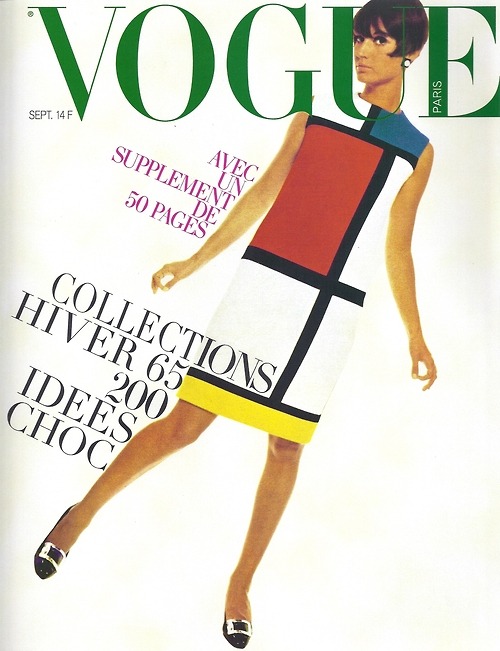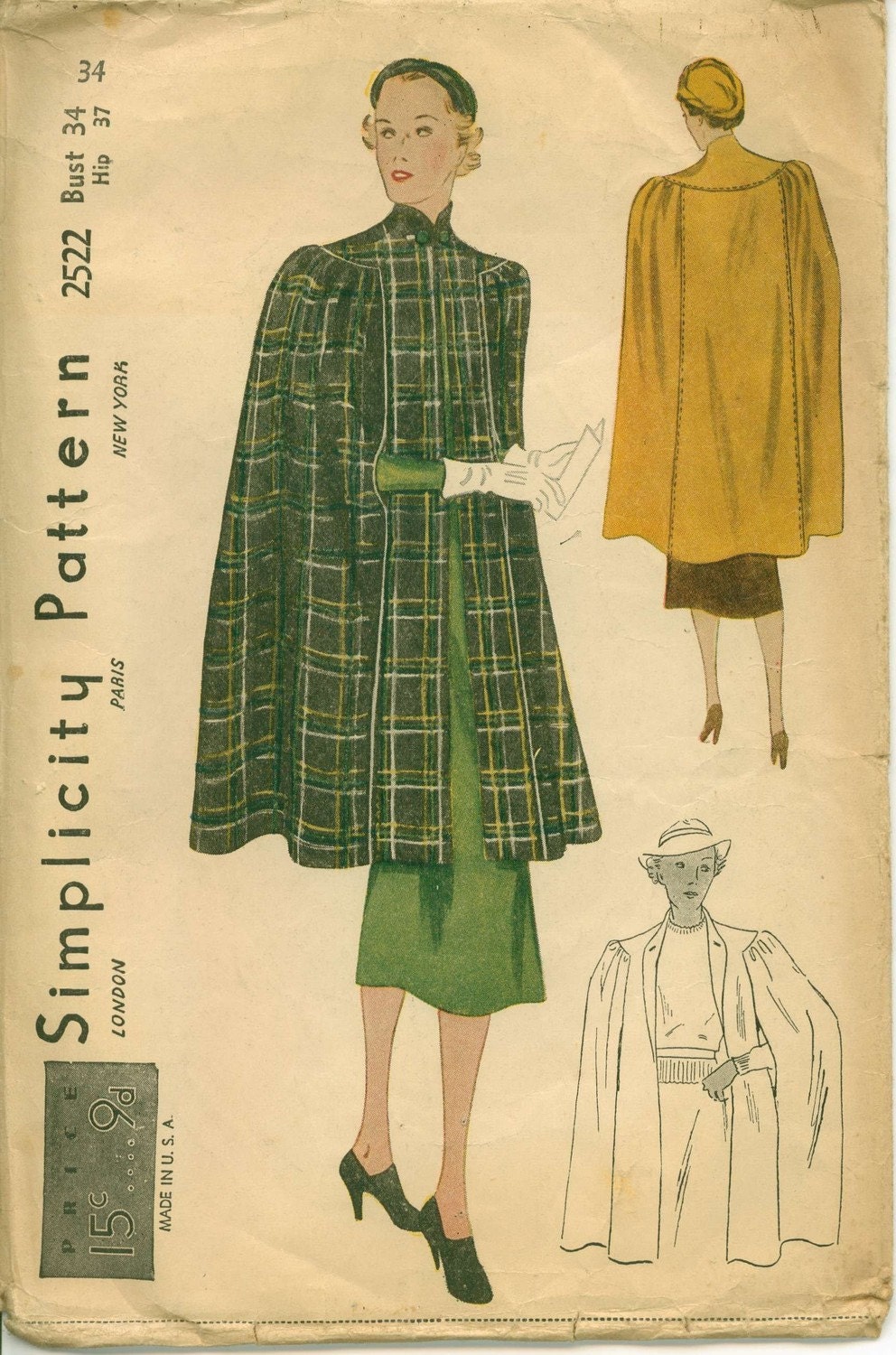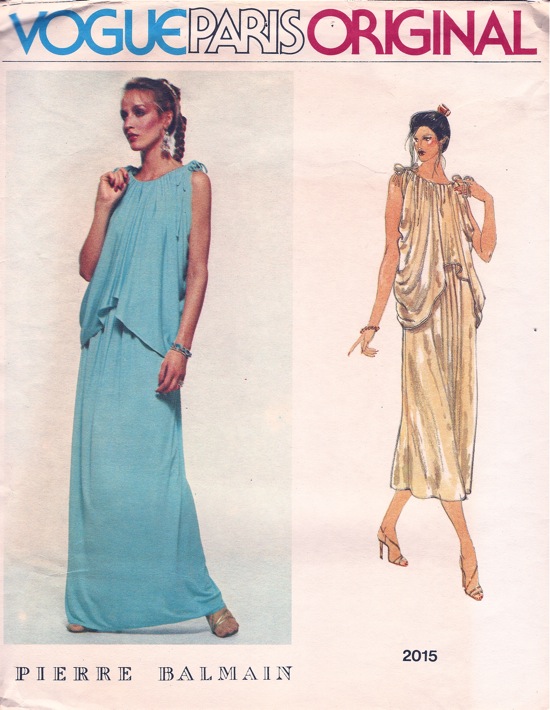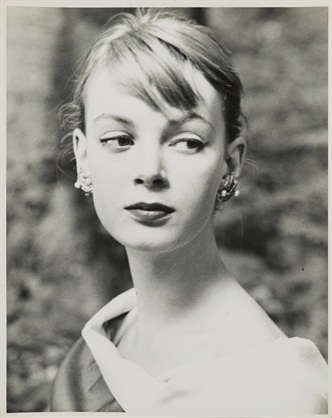Last year I made my own wedding dress using an Yves Saint Laurent pattern. Vogue Patterns magazine recently published a photo:
(Hat by Emilliner by Emily Clark. Read her fabulous millinery blog here.)
A similar shot won our photographer Jon Thorpe an ISPWP award for Best Bridal Party Portrait. (Congrats, Jon!) Our wedding was also featured on The Wedding Co. blog in June. But you’re here about the dress…
I didn’t set out to make my own wedding dress; I had been looking into custom work or something off the rack. When both of these options fell through I decided to make up a pattern in my stash, Vogue 1894 by Yves Saint Laurent:
Here’s the envelope description: Misses’ Dress: Close-fitting, slightly A-line or slightly flared, lined dress, above mid-knee or floor length, has bust pads, foundation with inside belt, front slit and side zipper. Recommended fabrics: velvet, wool crepe, silk-like crepe. Unsuitable for obvious plaids.
**Update: The Vogue 1894 design is from Yves Saint Laurent’s Fall/Winter 1996-97 ready-to-wear collection—you can see a runway photo here (Corbis photo here).
Our friend, fashion designer and bespoke tailor Ray Wong of RayW, was making my wife’s dress. She wanted a wool tartan for it, so the three of us spent a Saturday afternoon browsing swatch books at two of the Toronto area’s Scottish shops, Cairngorm Scottish Imports and The Scottish Company. At The Scottish Company one of the mannequins caught our eye: it was wearing a kilt of grey tartan which the friendly staff told us came from a mill named House of Edgar. Among the loose swatches they brought out was a black-on-black tartan called Dark Island. Here’s a photo of the Dark Island fabric:
A tone-on-tone tartan like Dark Island is known as a ‘shadow’ tartan or solid sett tartan. (‘Sett’ refers to the pattern of a tartan.) The production process for Dark Island is really interesting: according to the Scottish Tartans Authority page for this tartan, “An ecru (white) yarn has been woven on a Jacquard loom with the sett being formed by stitches other than 2/2 twill and then the finished fabric has been piece-dyed black. The sett is highlighted because of the differing light reflecting qualities of the stitches.”
Despite my pattern’s warning about the unsuitability of plaids, I couldn’t think of a better choice, and we decided to order House of Edgar fabric for both our wedding dresses. Unfortunately I couldn’t find anyone in Canada who actually maintained stock of House of Edgar fabric. After corresponding with a number of merchants, including Kitchener’s Keltoi Gaelic Clothing and Jacobite re-enactment suppliers Mackenzie Frain, the most economical option proved to be ordering direct (through the House of Edgar retail site, tartankilts.com). Soon we had a courier package from Perth, Scotland containing several kilograms of wool fabric.
I’ll say right now that any credit for the fit must go to Ray, who very generously finished my dress for me at the last minute. I made a muslin in a size 12 (which should have been my bust size) but it was just enormous; I think I must have gone down a size or two for the final version. The foundation was a lot closer to the right fit. I got as far as having all the separate elements—dress, lining, and foundation—ready before I handed everything over to Ray, who handled the dress’ final assembly and hemming the day before the ceremony. (Eternal thanks, Ray!)
I read everything I could find on tartan matching before daring to cut into my Dark Island fabric. I ended up using a technique I first learned of from the Selfish Seamstress (read her blog post here): cutting one set of pieces from a single layer of fabric, then flipping the pieces and using them to cut out the second set. The dress is underlined with silk lining from King Textiles, which gave each piece a luscious drape. To match a tartan perfectly at the seams, The Vogue Sewing Book recommends a basting technique called slip basting… but I just crossed my fingers and basted very carefully before doing the machine sewing. I’m really happy with the results.
The pattern called for a boned foundation with inside belt and bust pads. This meant I needed spiral steel boning and boning tips, wire cutters, and pliers to fit the tips to the boning. (I got my boning and tips from Leather & Sewing Supply Depot Ltd. in Toronto’s garment district.) I found the boning didn’t handle well with the wire cutters and ended up using our bolt cutters instead. I love the mini-arsenal of hardware and tools that goes into making this kind of evening wear.
The foundation is basically an inner bustier consisting of two layers of lining, an extra-long side zipper, and boning inserted into ribbon casings. The inside belt is an attached length of grosgrain ribbon that fastens on the side with hooks and eyes. The bust pads were sewn from layers of fleece machine-sewn together, then encased by hand in lining fabric. Here’s a photo of the finished underpinnings:
Without further ado, I’ll close with some wedding photos showing the finished dress. Here’s a closeup of those bodice points:
Despite the front slit, the weight of the dress meant it tended not to show my shoes, so our photographer kept asking me to flash them:
This shot shows the tartan matching best, as well as Ray’s fantastic dress for my wife, Naomi:
Finally, here’s a shot from the ceremony showing the dress at rest:
Tagged: 1990s, designer, fashion, goth, sewing, tartan, Vogue Patterns, wedding, Yves Saint Laurent
















































































































































































































































